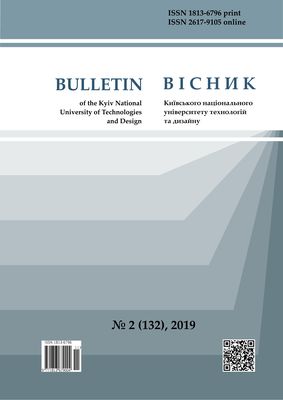MATHEMATICAL MODELING OF ELECTRICAL CONSUMPTION IN BUILDINGS OF HIGHER EDUCATION INSTITUTIONS. MESSAGE 2
DOI:
https://doi.org/10.30857/1813-6796.2019.2.1Keywords:
institution of higher education, power management, regression analysis, analysis of residuals, box-and-whisker plot, power consumption model, energy managementAbstract
The aim of the work is the development of mathematical models and the study on their basis of the characteristics of electrical consumption in higher educational institutions (using the example of hostels of the Kiev National University of Technology and Design). Method. Multiple regression analysis and intelligence analysis in combination with computer software implementations of the corresponding statistical procedures were used. On the basis of real statistical data, regression models of power consumption in buildings of higher educational institute (hostels) were obtained, which was a logical continuation of the studies covered in [1]. The obtained results made it possible, by means of modeling, to carry out a predictive assessment of power consumption levels and to check their authenticity, comparing them with real data of the university’s energy management service for previous years. Scientific novelty. Methods of power management using regression models in buildings of highereducational institutions received further development. Based on an extended set of factors influencing the process of electricity consumption, the dependencies obtained for the first time were studied, which can be used to develop scenarios of energy management of higher educational institute in specific periods of the educational process, taking into account the season and energy efficiency class of buildings. Practical significance. The simulation results can be used to develop guidelines for the
implementation of a set of energy-saving measures in higher education institutions, taking into account the existing engineering infrastructure and improving the efficiency of power management.
Downloads
Download data is not yet available.
Downloads
Published
2019-08-12
Issue
Section
Mechatronic Systems. Energy Efficiency & Resource Saving

